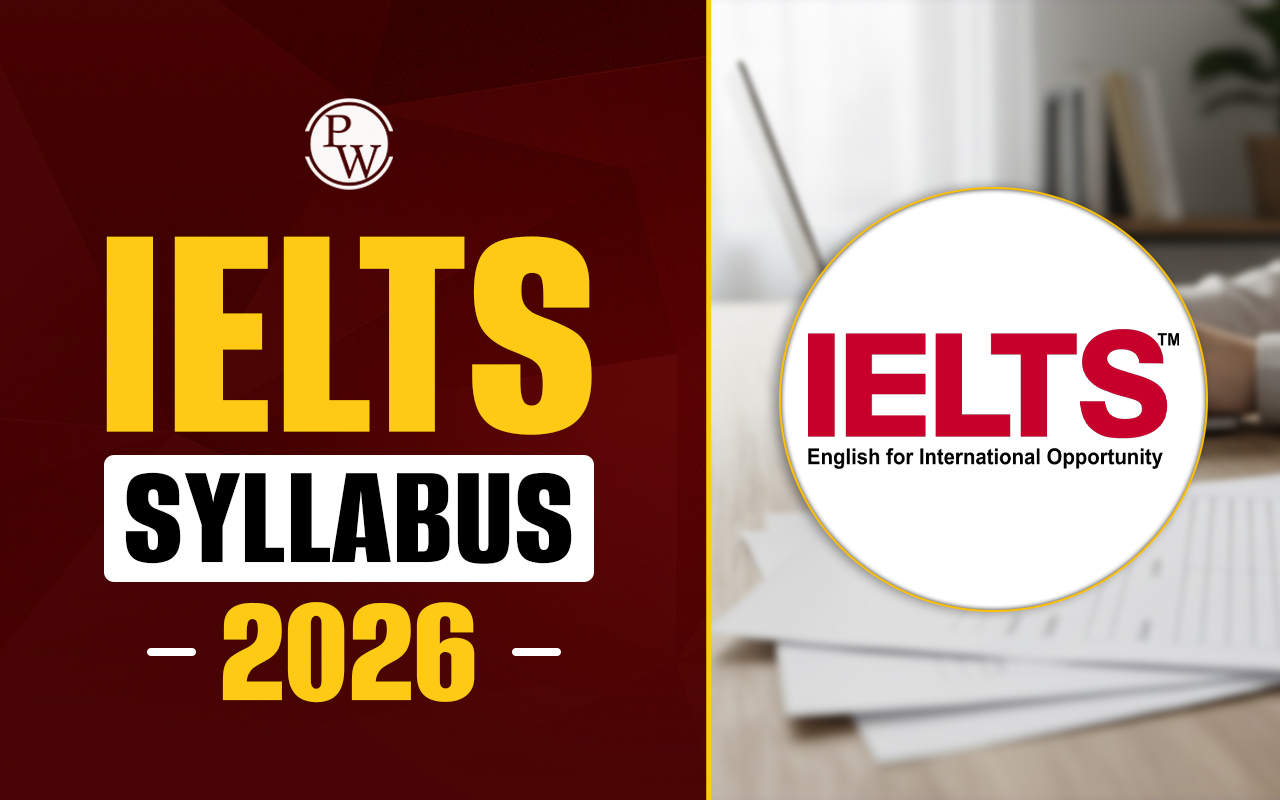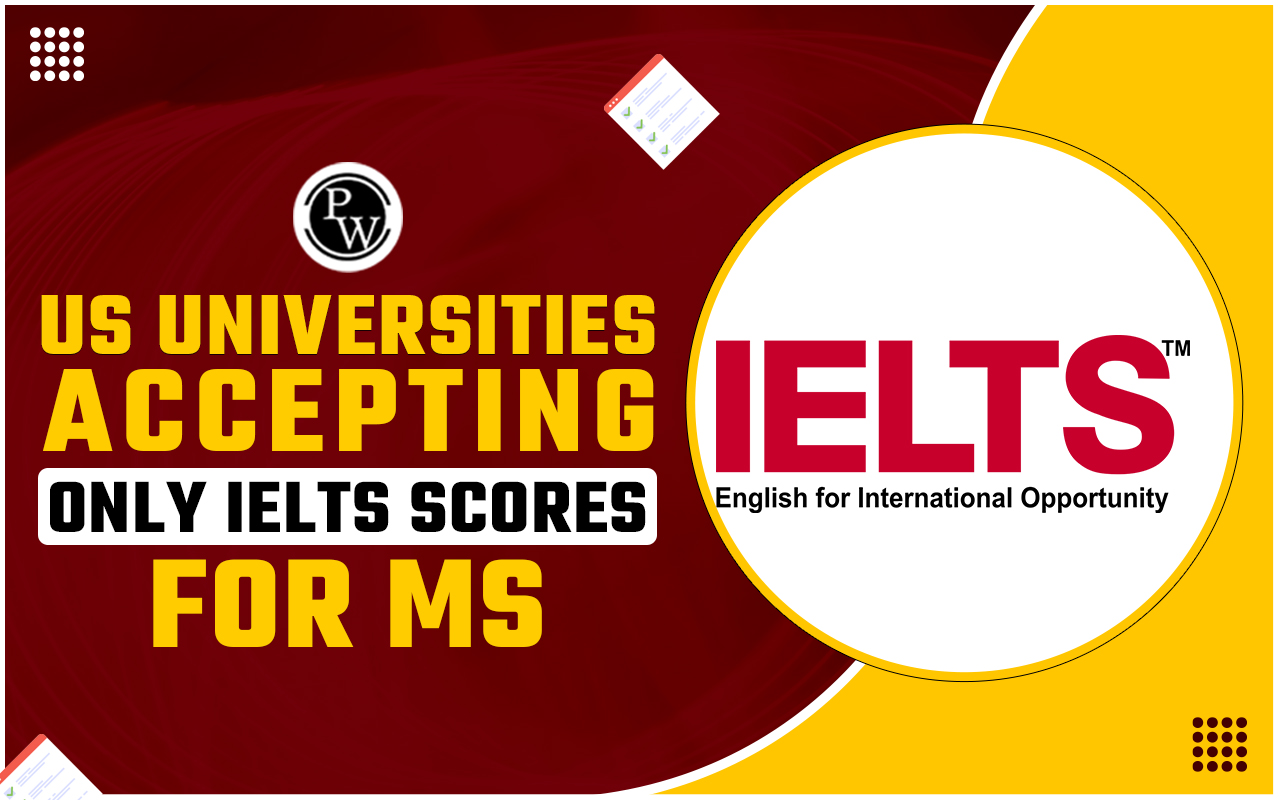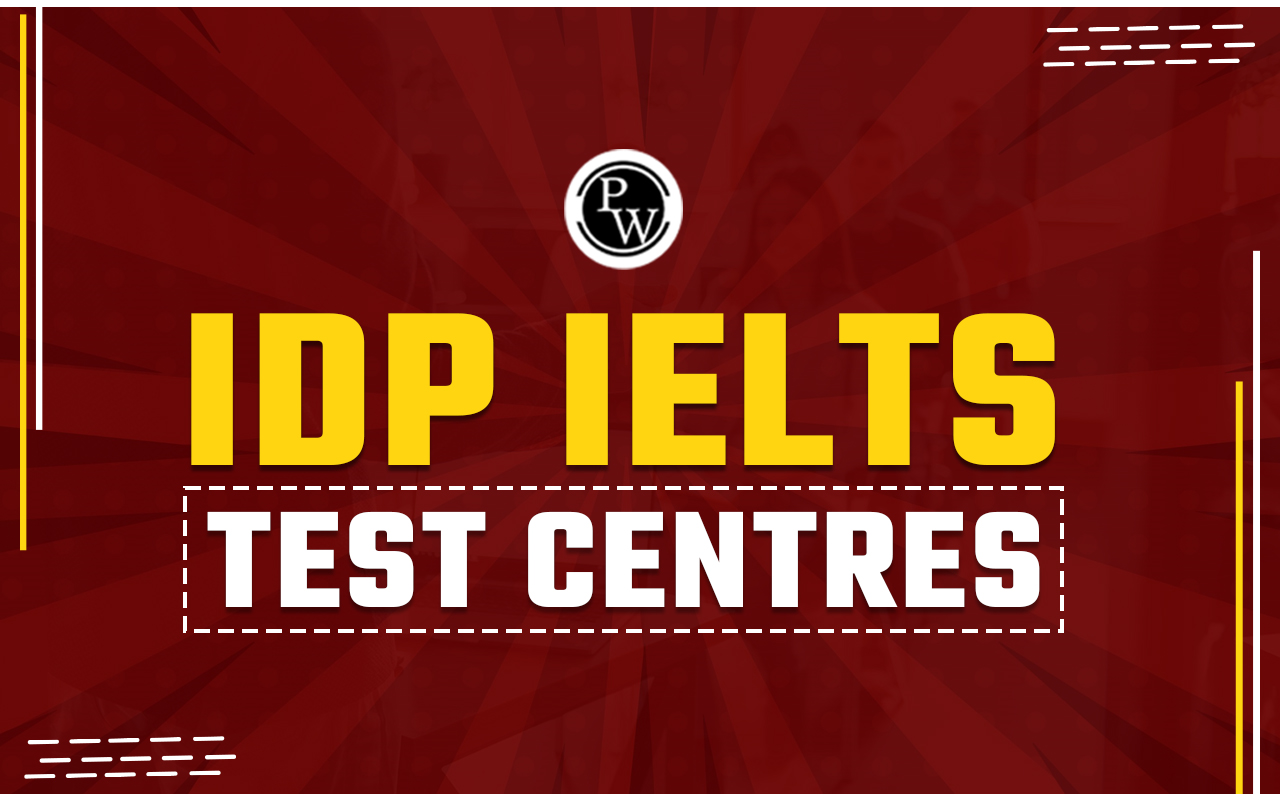
IELTS Listening Test Format: The International English Language Testing System (IELTS) is one of the most widely recognized English proficiency tests worldwide. It assesses the English language skills of non-native speakers across four key sections: Listening, Reading, Writing, and Speaking. Among these, the Listening test plays a crucial role in evaluating a candidate's ability to understand spoken English in different contexts.
This guide provides a detailed breakdown of the IELTS Listening Test format, including its structure, question types, scoring system, and essential preparation tips to help test-takers achieve a high score.
Click Here to Explore IELTS Online Courses
IELTS Listening Test Overview
The IELTS Listening Test assesses a candidate’s ability to comprehend spoken English in various situations. It consists of four sections with different types of audio recordings, such as conversations, monologues, and lectures. The test is the same for both Academic and General Training candidates, making it a standardized measure of English listening skills for all test-takers.
The test lasts 30 minutes, with an extra 10 minutes for answer transfer in the paper-based test. The recordings cover a mix of conversations and monologues set in everyday, academic, and professional environments. The listening test is played only once, so test-takers must listen carefully and take notes while answering the questions.
| IELTS Listening Test Overview | |
|---|---|
|
Feature |
Details |
|
Sections |
4 |
|
Total Questions |
40 |
|
Duration |
30 minutes (+10 minutes for paper-based test) |
|
Audio Types |
Dialogues and monologues |
|
Question Formats |
Multiple choice, Matching, Completion tasks, Diagram labeling |
Also Read
Detailed Breakdown of IELTS Listening Test Format
The test consists of four sections, each progressively increasing in difficulty. The recordings include a mix of conversations and monologues from everyday and academic contexts.
Section 1: Social Conversation (Everyday Context)
-
This section features a dialogue between two people in an everyday situation, such as booking a hotel, inquiring about a service, or making an appointment.
-
The conversation is straightforward, using simple vocabulary and common phrases.
-
Example: A phone conversation between a customer and a receptionist about booking a room.
-
Common question types:
-
Form completion
-
Table completion
-
Short-answer questions
Section 2: Monologue (Everyday Context)
-
A single speaker delivers information related to an everyday setting, such as a guided tour, a radio announcement, or instructions for a process.
-
This section focuses on understanding detailed information and specific facts.
-
Example: A tour guide explaining directions to a museum.
-
Common question types:
-
Multiple-choice questions
-
Map or diagram labeling
-
Matching information
Section 3: Academic Discussion (Educational Context)
-
This section includes a conversation between two or more speakers in an academic or training setting. It often involves discussions between students and professors or group discussions on assignments.
-
The vocabulary and sentence structures become more complex compared to the previous sections.
-
Example: A student discussing a research project with a professor.
-
Common question types:
-
Multiple-choice questions
-
Matching information
-
Sentence completion
Section 4: Academic Monologue (Lecture Format)
The final section consists of a monologue on an academic topic, such as a university lecture. The vocabulary is technical and advanced, making it the most challenging part of the test.
-
Example: A professor explaining climate change and its effects.
-
Common question types:
-
Note completion
-
Summary completion
-
Multiple-choice questions
| IELTS Listening Band Descriptors With Scores | How To Practice IELTS Listening? Types And Strategies |
| 1200 Common Words in IELTS Listening | How to Score High in IELTS listening Exam? |
Types of Questions in IELTS Listening Test
The IELTS Listening Test includes different question formats that test various listening skills, such as understanding main ideas, specific details, opinions, and attitudes. Below are the most common types:
-
Multiple-Choice Questions (MCQs):
-
Candidates choose the correct answer from a list of options.
-
May involve selecting one correct answer or multiple correct answers.
-
Form, Note, Table, Flowchart, or Summary Completion:
-
Requires filling in missing words in a given format.
-
Answers must match the word limit provided (e.g., NO MORE THAN TWO WORDS).
-
Sentence Completion:
-
Test-takers complete sentences based on the information from the recording.
-
Matching Information:
-
Candidates match a list of items to their correct descriptions or categories.
-
Map/Diagram/Plan Labeling:
-
Involves labeling parts of a map, diagram, or plan based on spoken instructions.
| Section wise IELTS Band Score Links | |
|---|---|
| IELTS Reading Band Score | IELTS Listening Band Score |
| IELTS Speaking Band Score | IELTS Writing Band Score |
Scoring System of IELTS Listening Test
The IELTS Listening Test is scored based on the number of correct answers out of 40. The raw scores are converted into band scores ranging from 1 to 9.
|
IELTS Listening Band Score Conversion |
|
|---|---|
|
Raw Score |
Band Score |
|
39 - 40 |
9.0 |
|
37 - 38 |
8.5 |
|
35 - 36 |
8.0 |
|
32 - 34 |
7.5 |
|
30 - 31 |
7.0 |
|
26 - 29 |
6.5 |
|
23 - 25 |
6.0 |
|
18 - 22 |
5.5 |
|
16 - 17 |
5.0 |
Preparation Tips for the IELTS Listening Test
To perform well in the IELTS Listening Test, candidates should focus on improving their listening skills, familiarizing themselves with different accents, and practicing under exam conditions.
|
Strategy |
Description |
|---|---|
|
Listen to a Variety of English Accents |
IELTS recordings include British, American, Australian, and Canadian accents. Listen to BBC News, TED Talks, podcasts, and audiobooks to get accustomed to different pronunciation styles. |
|
Practice with IELTS Sample Tests |
Use official IELTS practice materials to get familiar with the test format. Take timed practice tests to improve time management skills. |
|
Improve Note-Taking Skills |
Develop the habit of jotting down keywords while listening to audio recordings. Focus on important information such as names, dates, numbers, and locations. |
|
Follow Instructions Carefully |
Pay attention to word limits for completion-type questions. Misreading instructions can lead to losing marks even if the answer is correct. |
|
Stay Focused and Avoid Distractions |
The audio is played only once, so concentration is key. If you miss an answer, move on quickly to avoid missing more questions. |
IELTS Listening Test Format FAQs
Q. What is the format of the IELTS Listening test?
Ans. The IELTS Listening test consists of four sections with 40 questions in total. The test lasts 30 minutes, followed by 10 minutes to transfer answers (paper-based test). The audio is played only once and includes conversations and monologues in different settings like social, educational, and professional environments.
Q. What is the structure of the IELTS Listening test?
Ans. The test has four parts: Part 1 – A conversation in a social setting, Part 2 – A monologue on a general topic, Part 3 – A conversation in an academic or professional setting, and Part 4 – A university-style lecture.
Q. What is 27 out of 40 in IELTS Listening?
Ans. A raw score of 27/40 in IELTS Listening typically converts to a band score of 6.5. The exact conversion varies slightly depending on difficulty. The IELTS band score ranges from 0 to 9, and listening scores are calculated using a standardized conversion table to ensure fairness across different test versions.
Q. How is the Listening test conducted in IELTS?
Ans. The test is conducted via audio recordings, played only once. Candidates listen to various conversations and monologues and answer 40 questions. The test lasts 30 minutes, followed by 10 minutes for answer transfer in the paper-based format. In the computer-based test, answers are submitted directly, and no extra time is provided for transfer.










